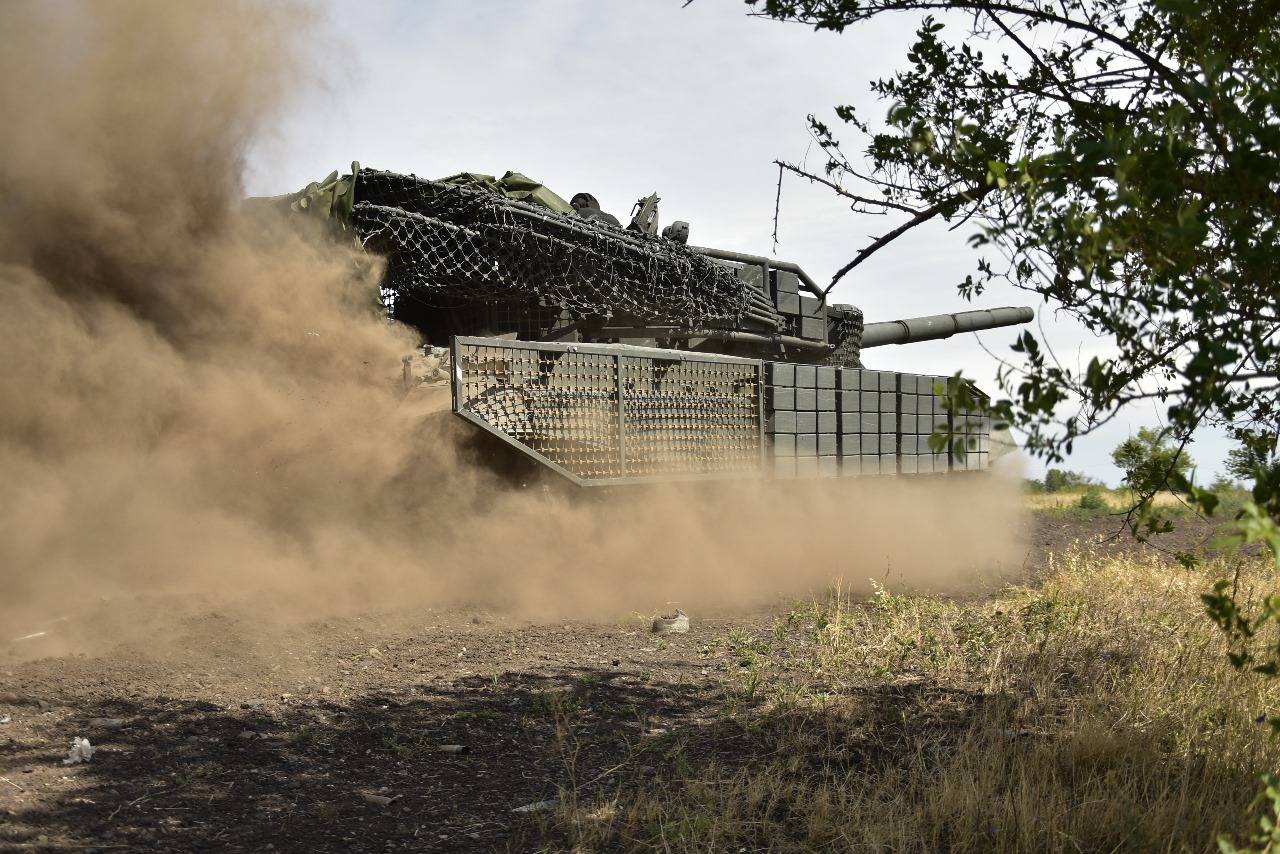The largest flock of pink flamingos in the history of observations flew over the territory of the Odessa region and stopped in the Romanian part of the Danube Delta.
This event was announced by the researcher of the Danube Biosphere Reserve, ornithologist Maxim Yakovlev. According to the naturalist, on May 21, 60 individuals were spotted in the area of ​​the Starostambul girl.
The birds flew in unison towards the Ermakov Island and disappeared behind the horizon in the rays of the setting sun. Unfortunately, it was not possible to capture the unexpected guests in the photo. A couple of days later, Romanian colleagues noted two flocks of flamingos at once on their territory. One of them, numbering 61 individuals, stopped at Lake Tuzla, which is actually a backwater of Lake Nuntase, near the village of Trayan. Another 53 individuals stopped at a small lake Saraturiya near the village of Murigol. It was on Lake Saraturiya that individual pairs began to build nests from the silt. But experts believe that, most likely, nesting will be unsuccessful, since the shallow area is accessible to predators.
Maxim Yakovlev

On May 31, the number of birds in the flock on Lake Tuzla increased to 113 individuals - probably, the two flocks merged.
In recent years, flamingos are increasingly appearing within Ukraine. Usually their numbers ranged from one to 25 individuals. Most often they were celebrated in the Crimea. Last year, five flamingos stayed on the Tiligul estuary for a long time, and some individuals were noted several times even in winter, including on the territory of the Tuzlov Estuary National Park in the south of the Odessa region. In 2017, the first nesting of these birds in Ukraine was noted on the hypersaline part of Lake Sivash. Bird watchers then found 13 nests and three chicks.
It is not entirely clear where the flamingos came from in the Danube Delta. The nearest nesting sedentary groups are in Asia Minor (about 1200 km) and in the southern Balkans (about 600 km). Some bird watchers believe that birds may also be part of the population from northern Kazakhstan. It is the birds of this group that carry out migrations, and for them a very wide dispersal for wintering is noted - from Vietnam, Sri Lanka and India to the south, to Turkey, Cyprus and Tunisia to the West-Southwest.
Maxim Yakovlev

Now the number of flamingos in the world, thanks to nature conservation measures, is growing. Lack of nesting areas and competition forces birds to find new nesting and feeding sites. Climate change also contributes to this process.
Flamingos inhabit large salt water lakes, sea lagoons and estuaries. It feeds in shallow water with a muddy bottom, filtering the water with its beak. The diet of the bird includes small crustaceans, molluscs, fly larvae, as well as some types of unicellular algae and plant seeds. It is feeding on crustaceans and red algae that provides the red color of flamingos.

Photos Copyright: Mircea Bezergheanu





















